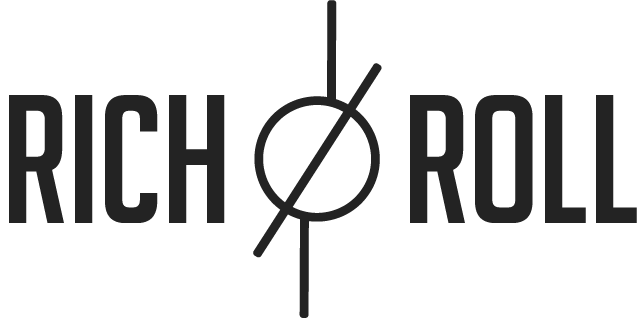
In the wake of Ultraman, I have been asked several times — how did you train for and race Ultraman on a vegan diet!?! No meat? No dairy?!? That is impossible!
No, it is not impossible. Not only is it possible, I suggest that in some cases, and for some people, it just might be advisable.
I realize that conventional wisdom suggests that one MUST eat meat and dairy if you want to train and race at your peak, build muscle, and recovery properly. I respectfully disagree, at least when it comes to me. Maybe its the punk rocker that lives deep down inside me, but part of this past year has been taking this notion head on and putting it to the test. Turning it on its head. And I think my Ultraman result speaks for itself.
Again, I’m not a doctor. I’m not a nutritionist. I only relate my personal experience. This is an effort to show what has worked for me this past year as I endured 20 – 30 hour training weeks through a top finish at Ultraman, all while simultaneously working full time and being a husband and a father.
First off, if this subject interests you at all, I suggest checking out pro triathlete Brendan Brazier’s book The Thrive Die t. This is a cornucopia of information on not only overall wellness but also on performance nutrition on a plant based diet. It is pretty fascinating.
Also, I am lucky in that I live near a fantastic vegan restaurant Real Food Daily, among others. Plus my wife is a great vegan cook. But if you are not in LA and don’t have a wife like mine, no worries — you can get the RFD cookbook, which has great recipes for everything from nachos to burgers, all vegan. Click HERE for the link to the cookbook.
Second, get a juicer. This has been the centerpiece of my program. You can get a relatively inexpensive Jack LaLane model at your local Costco or Target for around $100.
Overall what I have discovered by virtue of this diet is that I tend to have good lasting energy all day, without the peaks and valleys. I eat smaller meals and sometimes more than 3 meals per day. I recover well from workouts and am able to bounce back fresh day in and day out. Believe me, if I felt like I really needed to eat meat or dairy, I would have. I just never felt like I really needed to.
There is this notion that you need a lot of animal protein in your diet to perform. This is simply not true. In a future post I will address this subject in detail. But for now, suffice it to say that there is alot of misleading information out there about protein and just how much (and what kind you need). In essence, you can and will get all the protein you need from a plant based diet.
However, one caveat. I am human. I am fallible. And I do have urges. Over the last 7 months I was not absolutely perfect in this. I had a few (but only a very few) weak moments when I had some pizza or a piece of cheese. And going totally gluten free is a very tall order. There were times when this just wasn’t possible and I had some bread or pasta. I’m not a monk. Like you I live in the real world — business lunches, etc.. But overall, these moments were very few and far between.
Ultra marathon legend and vegan Scott Jurek claims that his body has become so adept at absorbing his nutrient rich foods that he needs to eat less and operates at a higher efficiency. I can honestly say that I know what he is talking about. And I think he (and Carl Lewis) know what they are talking about?
Here’s a rundown of some of my standbys and favorites, meal by meal. If you have a Whole Foods nearby, you can get everything there. Otherwise, you may need to check your local health food store for some of these foods, such as gluten free pastas and breads, etc. If you strike out there, everything is available online.
BREAKFAST:
Carrot, beet, kale (or spinach) and orange juice with flax seed oil (or VEGA EFA Oil )
Gluten free toast with peanut or almond butter
Gluten free cereal (corn flakes or corn or rice based cereals)
Almond milk
VEGA meal replacement powder
Hemp or soy protein powder
SNACK:
Organic energy bars
Almonds
Raisins
Kombucha
Gluten free crackers
LUNCH:
Rice & beans
Veggie Burritos (preferably with a gluten free tortilla, but this can be a tall order)
various veggie broth based soups
Veggie Sushi
Salads of all kinds (just no dairy based dressing)
Avocados
Juice (carrot / beet / kale / wheatgrass / orange / berry) – preferably organic
DINNER:
Rice
Beans
Lentils
Salads
Vegan nachos (see Real Food Daily Cookbook — cashew cheese)
Veggie Burgers (make sure gluten free — most of them are not — its the gluten that makes them stick together)
Gluten free pasta (with tomato or vegan pesto sauce)
Veggie chili
Soups
Greens of all kinds — broccoli, spinach, green beans, brussel sprouts, etc. The more the better.
More juicing!
Potatos — salad, baked, broiled, even fried
Water — lots of water!
CONDIMENTS:
Bragg’s Aminos
Vegan Ceaser dressing
Olive oil
Flax seed oil
Mustards
Veganaise
Peanut / almond butter
Jellies
TRAINING & RECOVERY NUTRITION:
BCAA’s (Branch Chain Amino Acids)
various gels (EFS is my current fave)
Soy Protein
Hemp Protein (Living Harvest)
Peanut butter
Bonk Breakers
Potatos / hash browns
Endurolytes / Thermolytes
L-Glutamine
Creatine powder
Water!
I plan on going into some additional detail on some favorites as well as race / training nutrition in future posts.


Thanks for the post Rich
Hey Rich thanks for the info. Why gluten free though? is it a digestion thing? What do you think about something like manna bread that is not gluten free but is sprouted